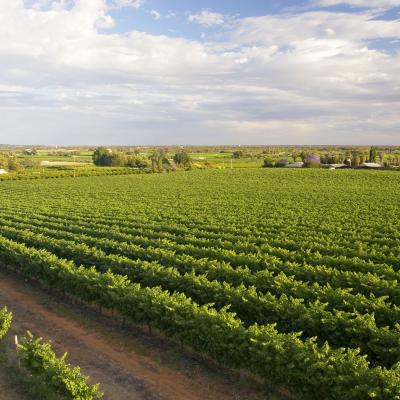
Many areas of northern Australia’s native vegetation communities are largely intact, although no longer pristine, and play an important role in the conservation of a wide range of plant and animal species. While at the local scale developments could have a substantial impact on the natural environment, at the regional scale it may be possible to locate development in areas where the overall impact on species conservation is minimised.
The extent to which agricultural development will be compatible with species conservation will depend on the species in question and the type of agricultural development. This case study provides two examples; the first using hotspots of all critically endangered/endangered (classification depends on jurisdiction and Act), vulnerable and near threatened taxa in the study region and the second using critical weight range (CWR) mammals. These mammals are a group of specific concern because while they continue to decline across Australia, many are still present in northern Australia and the opportunity to conserve them remains. The reported pattern is that lighter (< 35 g) and heavier (> 5.5 kg) native mammals are less prone to decline and extinction than mammals in the weight range 35 g to 5.5 kg (Burbidge & McKenzie, 1989).
The examples provided in this case study do not seek to replace formal government land use and conservation planning processes. They aer designed to show how government can maximise its use of data assets from multiple sources, integrating them in ways which can provide policy insights.
Note: this case study only considered direct overlap of agricultural expansion footprint with species distribution models, i.e. it does not consider indirect or associated /facilitated impacts such as loss of connectivity between areas of species habitat, changes to hydrological regimes (ground and surface water), fertiliser / pesticide use etc. and the introduction of environmental weeds and feral animals.




